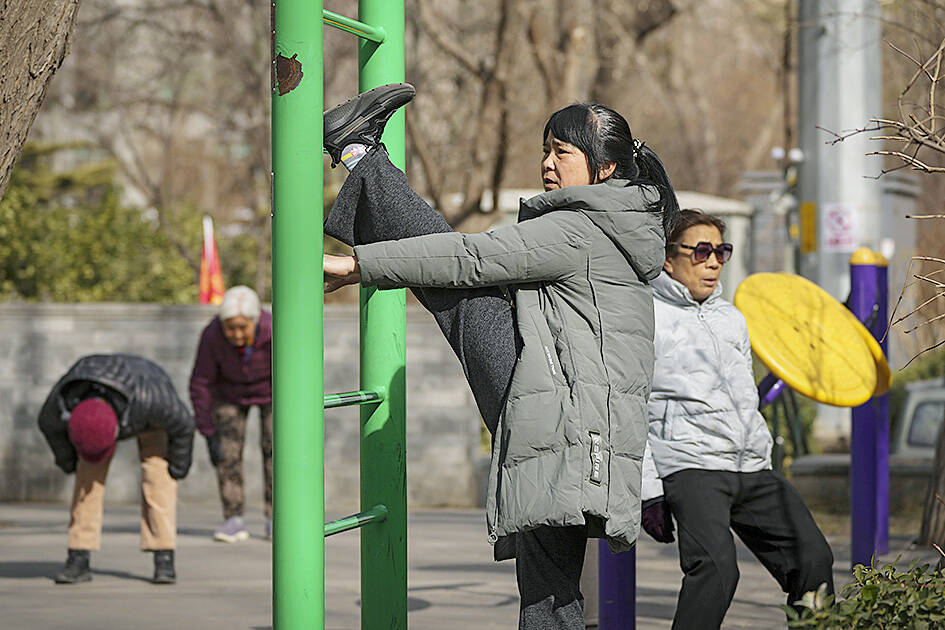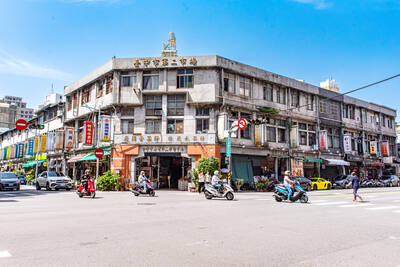The gym is back. A few years of exhorting people to socially distance and wipe down machines, gym chains are removing cleaning stations, while their clientele go back to sharing kit and sweating all over the benches. Nature, as they say, is healing.
But how many people are using their membership, and how much value are they getting out of the gym when they go? As a former editor of Men’s Fitness magazine, I have been going to gyms for more than a decade, and I still see half a dozen things I wish I could mention to people every time I go. So here are the tips I wish were in every gym’s welcome pack, alongside a bunch of the mistakes that it took me years to learn I was making. I am not going to tell you to wipe up your sweat, though. Hopefully, you are doing that already.
PEOPLE ARE LOOKING AT YOU

Photo: AP
In lists of advice for the gym-shy, you often see something like: “Nobody else is watching what you’re doing, or even cares — they’re all too focused on their own workouts.”
This is a bit like telling children that all bullies are secretly cowards — it is a nice thing to say, but it isn’t true. People watch and judge others everywhere, and the gym is no exception. Unless you are somewhere incredibly quiet and you’re supernaturally focused, you will occasionally see someone checking out what you are doing — glancing at what weights you are lifting, or how fast you have set the treadmill.
The good news? This usually doesn’t much matter, because it is vanishingly unlikely that they are going to interact with you, at least if you are male.

Photo: AP
“For women, there’s more of a problem with people wanting to comment on your form — either to correct it, or compliment you on it,” says my wife, who has been a personal trainer for more than a decade.
“My general advice is to wear headphones, look purposeful and keep your response to a noncommittal: ‘Thanks.’ It’s going to happen sometimes, but it doesn’t have to ruin your workout.”
LEARN TO ‘WORK IN’
For some reason, probably due to the years of social distancing — the noble art of sharing bits of kit has fallen out of fashion over the past few years. But if you train in a crowded gym, there is a chance that you will have to do it occasionally, so it is worth knowing the proper form. Generally speaking wait until the other person has finished their set of exercises (usually marked by them putting the weight down; machines such as the leg press and pec deck are trickier, as people tend to stay seated between sets, but the same principles apply), then catch their eye and politely ask how many sets they have left.
Depending on how many this is, and how long they are resting for between each, it is fine to ask if you can “work in,” or do your exercises while they are resting. They can always refuse, but there is nothing wrong with posing the question.
Obviously, the reverse applies if someone asks you to work in — and you might one day graduate to asking the obviously nervous person hovering around your rack if they need to use it. That’s advanced stuff, though — so for now, concentrate on the next bit …
CORRECT SQUAT RACK USE
Here is what every experienced gym person says to themselves at least once a week when they catch a glimpse of someone squatting with a barbell: “Put the hooks lower.”
In case you are completely unfamiliar with them, a squat rack works like this: a set of adjustable hooks holds the bar, you get underneath it, lift it up, then back out and do your set. The tricky bit? Lots of people put the hooks too high, so they are going up on tiptoe to remove or return the bar, which isn’t ideal at any weight, but gets downright dangerous when you are lifting heavy. Put them lower: you should quarter-squat the bar out of the rack, then, when it’s time to put it back, walk it straight into the upright part of the rack then let it drop into the hooks. Speaking of which …
PUT YOUR KIT BACK
This isn’t always obvious — we have all been to gyms that look like a teenager’s bedroom — but it is generally considered bad form to leave dumbbells, plates and handles for the machines on the floor when you finish with them. Think of it like a cooldown from the rest of your workout, or like holding a door for someone: nobody’s going to make you do it, but it is annoying for everyone if you don’t.
TRAINERS
Here’s a secret: it’s possible to get your level 3 personal trainer qualification, the minimum that most gyms demand, in about five weeks. Lots of personal trainers are lifelong students of exercise, who constantly do courses, read studies and experiment on themselves to fine-tune their knowledge — but more than a few don’t bother with any of that.
In general, it is a good sign if a trainer can point to clients who have got the results you’re looking for, with the same limitations you have. If they are touting six-week, six-pack transformations, make sure they weren’t doing them all with responsibility-free twentysomethings.
Good trainers will also be able to explain why you are doing the moves and how to do them in a way that makes sense to you. And while it is nice to build up a rapport with your trainer, it is fine to be a bit wary of one who spends more time talking than taking you through your workout.

May 11 to May 18 The original Taichung Railway Station was long thought to have been completely razed. Opening on May 15, 1905, the one-story wooden structure soon outgrew its purpose and was replaced in 1917 by a grandiose, Western-style station. During construction on the third-generation station in 2017, workers discovered the service pit for the original station’s locomotive depot. A year later, a small wooden building on site was determined by historians to be the first stationmaster’s office, built around 1908. With these findings, the Taichung Railway Station Cultural Park now boasts that it has

Wooden houses wedged between concrete, crumbling brick facades with roofs gaping to the sky, and tiled art deco buildings down narrow alleyways: Taichung Central District’s (中區) aging architecture reveals both the allure and reality of the old downtown. From Indigenous settlement to capital under Qing Dynasty rule through to Japanese colonization, Taichung’s Central District holds a long and layered history. The bygone beauty of its streets once earned it the nickname “Little Kyoto.” Since the late eighties, however, the shifting of economic and government centers westward signaled a gradual decline in the area’s evolving fortunes. With the regeneration of the once

The latest Formosa poll released at the end of last month shows confidence in President William Lai (賴清德) plunged 8.1 percent, while satisfaction with the Lai administration fared worse with a drop of 8.5 percent. Those lacking confidence in Lai jumped by 6 percent and dissatisfaction in his administration spiked up 6.7 percent. Confidence in Lai is still strong at 48.6 percent, compared to 43 percent lacking confidence — but this is his worst result overall since he took office. For the first time, dissatisfaction with his administration surpassed satisfaction, 47.3 to 47.1 percent. Though statistically a tie, for most

In February of this year the Taipei Times reported on the visit of Lienchiang County Commissioner Wang Chung-ming (王忠銘) of the Chinese Nationalist Party (KMT) and a delegation to a lantern festival in Fuzhou’s Mawei District in Fujian Province. “Today, Mawei and Matsu jointly marked the lantern festival,” Wang was quoted as saying, adding that both sides “being of one people,” is a cause for joy. Wang was passing around a common claim of officials of the People’s Republic of China (PRC) and the PRC’s allies and supporters in Taiwan — KMT and the Taiwan People’s Party — and elsewhere: Taiwan and